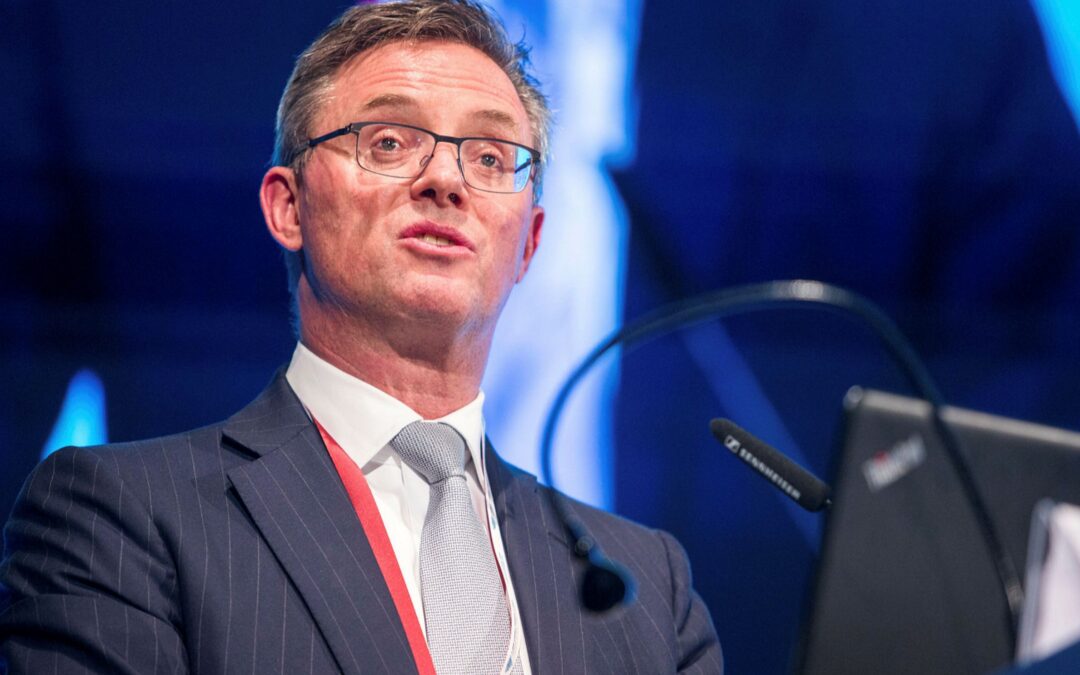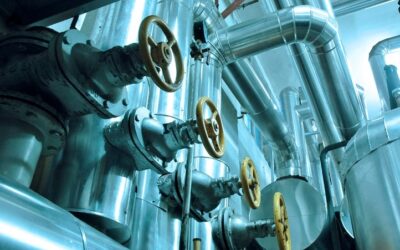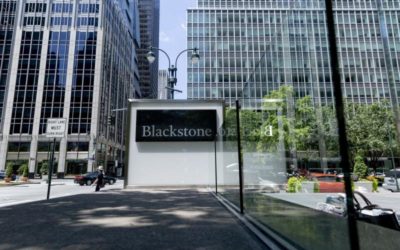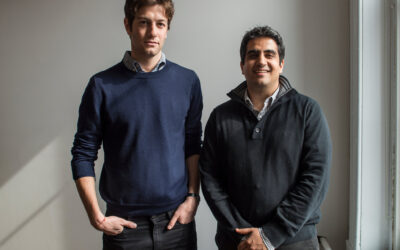Trafigura, one of the world’s biggest independent oil traders, is making a big push into renewable energy with plans to build or buy 2 gigawatts of solar, wind and power storage projects over the next few years.
The Geneva-based group has joined forces with IFM Investors, a fund manager with approximately $44bn of infrastructure investments worldwide, to set up joint venture Nala Renewables.
Nala will focus on markets where Trafigura already operates, primarily Europe, Asia and some emerging markets, developing projects from scratch as well as acquiring assets and companies. It expects to invest roughly $2bn by 2025.
Jeremy Weir, Trafigura executive chairman and chief executive, said the pace of electrification around the world meant that power and renewables could emerge as a third pillar to its business, alongside its core metals and oil and gas units.
“Power and renewable energy is going to increase rapidly and I think this is going to be a very significant part of our business,” Mr Weir told the Financial Times. “Can it be as large as the other two pillars . . . my view is, why not? I think this could be a very, very significant business.”
As the world shifts away from fossil fuels, big oil and gas traders are starting to reposition their businesses and are looking to invest in more sustainable energy sources such as wind and solar. Vitol, the biggest independent energy trader, has invested in hydrogen and battery storage.
The pivot comes as investors, governments, activists and banks press commodity traders to find a more sustainable business model.
Trafigura last year launched a power and renewables division, which is led by Julien Rolland, who is also the head of bulk minerals.
The company took an equity stake last year in Hy2gen AG, a German start-up working on green-hydrogen production, and has set up a venture capital arm to invest in new fuels and energy storage technology.
“To understand the whole power mix you have to understand renewables,” said Mr Weir
Trafigura said Nala would also look to build and operate assets close to its ports, mines and smelters, and would contribute about 250MW of projects to the JV.
Mr Weir said Trafigura, which handles on average 6m barrels a day of crude oil and products, would set targets later this year for reducing emissions from its own operations. It will also set out its thinking around “Scope 3” emissions — the greenhouse gases emitted by the product it sells.
“We are going to set targets that are achievable . . . but I am not going to commit to something in 2050 that I am not around to deliver,” he said. “We will commit to something we can deliver on.”
Last week, Trafigura called for a levy on marine fuels in order to reduce carbon emissions in the shipping sector.
Asked about thermal coal, which is burnt in power stations to produce electricity, Mr Rolland said Trafigura would not increase its exposure to the fossil fuel.
“We are moving tonnes but have decided not to invest in assets, whether it is power plants or coal mines,” he said.
Source: Financial Times
Can’t stop reading? Read more
US Pipeline Operator ONEOK Inks Two Deals for $5.9 Billion
US pipeline operator ONEOK Inc. agreed to buy a Permian Basin rival and a controlling stake in...
Blackstone Is Said to Seek A$5.5 Billion Loan for AirTrunk Bid
Private equity firm Blackstone Inc. is in discussions with banks for a five-year loan of about...
Thrive Capital to lead multi-billion dollar OpenAI investment round at $100bn valuation
OpenAI, the company behind the popular AI tool ChatGPT, is in advanced talks to secure several...




